I don’t know what you understand about the role of using context during reading, but my understanding has greatly shifted over the last few years.
And, if I’m going to be 100% honest, it hasn’t been the most fun shifting. Change is often hard, right?
But I LOVE learning. I think I could seriously be a life-long student…minus writing all the research papers, of course.
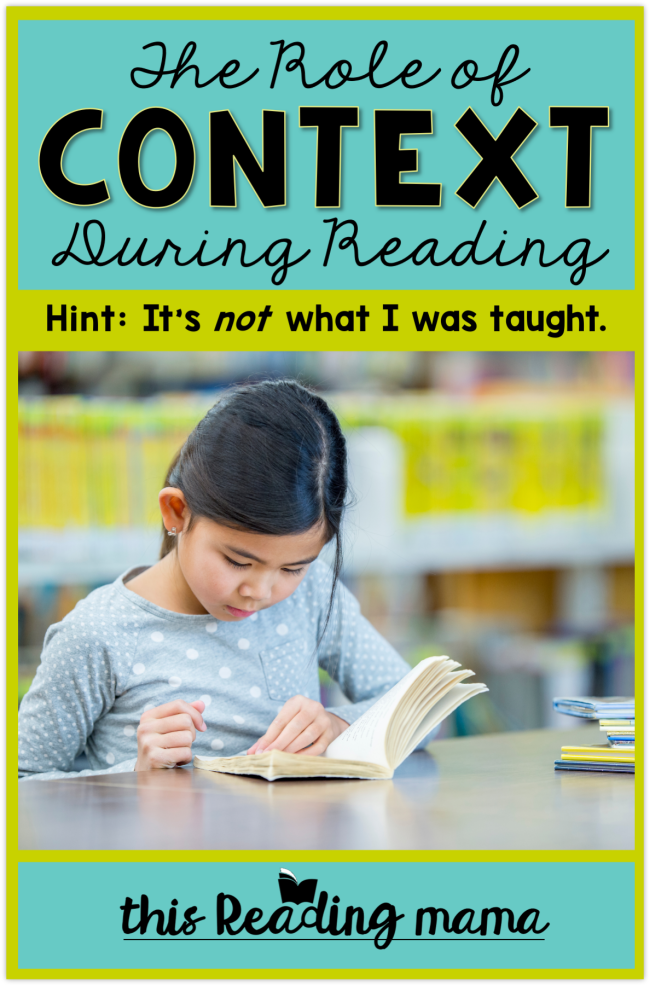
What exactly is context? Context is using a clue outside of the word itself to figure out the pronunciation or the meaning of the word.
Looking at the picture of an elephant to figure out that the word on the page says elephant is one way I taught learners to use context.
Using the meaning of the sentence to figure out that the word is money and not monkey is another way I used context when I taught beginning readers by asking them, “What would make sense there? Money or monkey?”
What I Was Taught about Context
Years ago, when I got my M.Ed. in Reading, I was taught that beginning readers should use context primarily to figure out unknown words in the text. And with the leveled readers I was using, this meant my learners were often using context as their “go-to” means of figuring out unknown words.
Ironically, it was also taught that proficient readers only use context every once in a while to figure out the pronunciation of the meaning of a word. {Example: I read the book yesterday. Context helps you know the pronunciation of read is not with a long e.} In other words, proficient readers DO NOT use context as their “go-to” means of figuring out unknown words.
Amazingly, at that time, I did not see the disconnect.
But as I worked on my grad certificate in language-based learning differences, reading lots of research and books about struggling readers, I began to wrestle with the idea of the Science of Reading.
I also began to realize that teaching beginning {and struggling} readers to heavily rely on context clues to figure out unknown words wasn’t a strategy they needed to be taught.
This was already their “go-to” strategy, and one of the reasons they were struggling in the first place!
What is the Role of Using Context During Reading?
Now, I understand that the “go-to” strategies our beginning readers should be taught are: look at the word, look at the word, look at the word.
This includes looking for chunks they know, sounding through the word slowly, and blending the sounds together to read the entire word. {Find the free printable chart seen above here.}
Context only comes afterward. So, if they read wagon first as way-gon {with a long vowel in the first syllable}, context will tell them that it wasn’t the correct way to pronounce wagon.
But we aren’t teaching them to look everywhere but the word to figure it out. We are teaching them to use the phonics and decoding strategies they know to read the word first.
Then they can use context to make sure what they have read is correct and that it makes sense. I like to call this reading words from the inside out.
What This Means for Texts
What this means is that we aren’t giving our learners text with gobs of words they don’t have strategies for. This makes sense.
Imagine teaching addition, but then giving your learners a practice page with several division problems on it. They simply don’t have the strategies to tackle the problems!
We shouldn’t be giving our beginning readers texts that in a way force them rely on context to figure out unknown words. We should instead be giving them texts with more controlled language like phonics books or decodable readers.
BOB Books are a good example of this. Decodable texts could be as simple as decodable sentences or even phrases like the ones you’ll find in my Fluency Cards Bundle.
Want to learn more about the Science of Reading? Be sure to sign up to learn more about our online course, Teaching Every Reader.
You might also like…
- BOB Books Printables: Set 1-5
Enjoy teaching!
~Becky
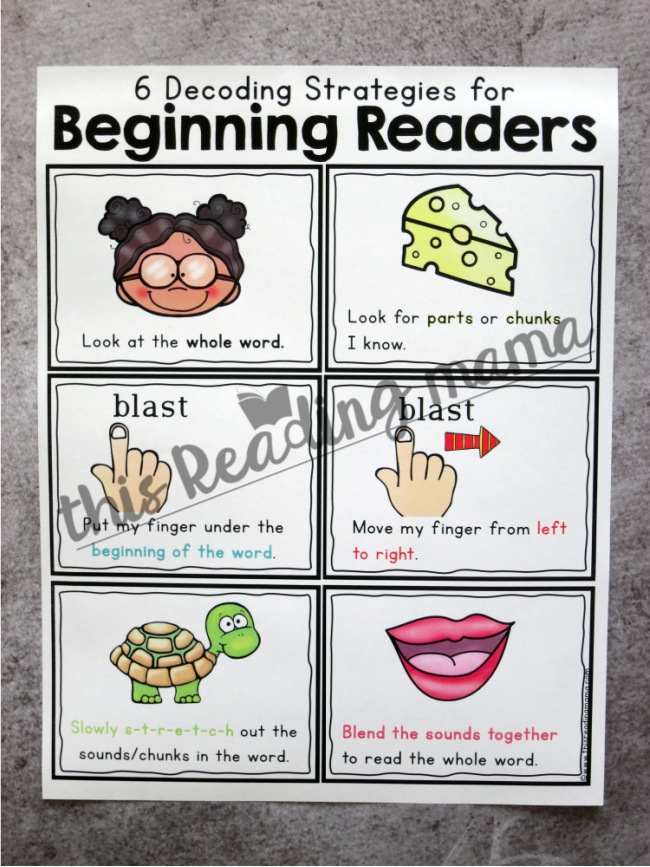
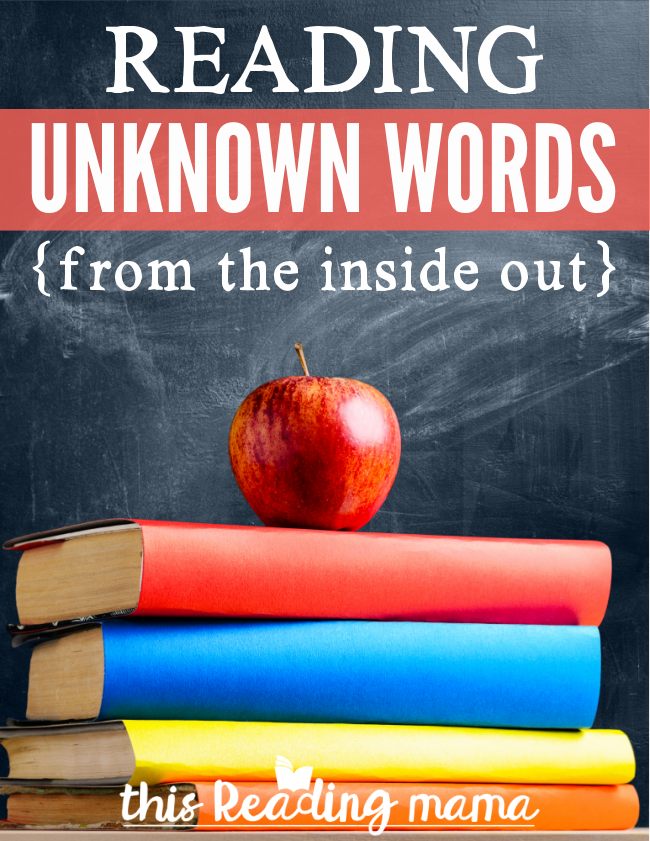
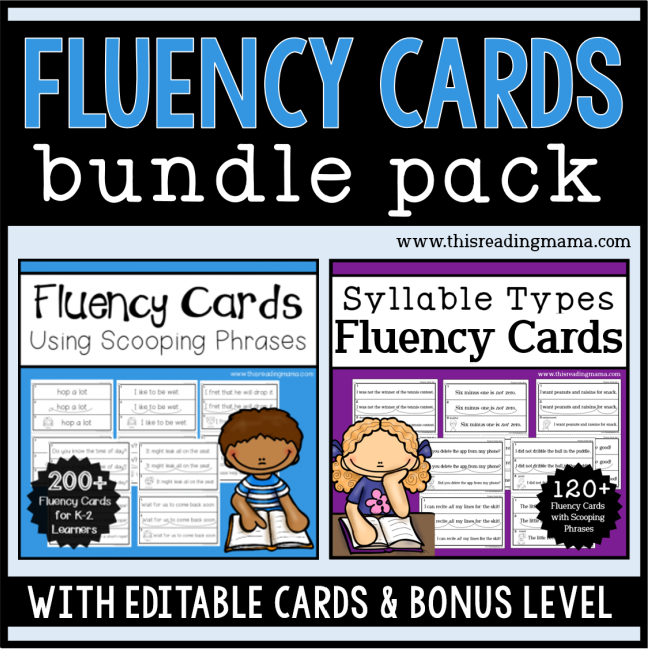
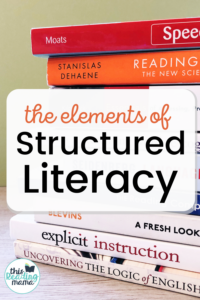
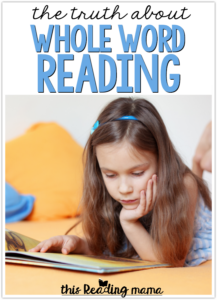
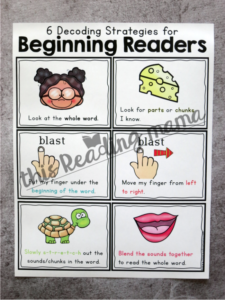
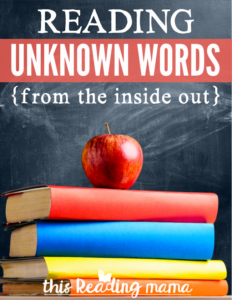
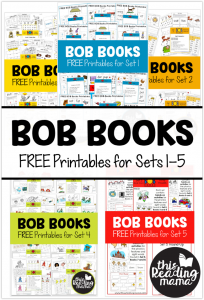
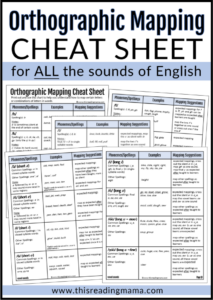
Leave a Reply